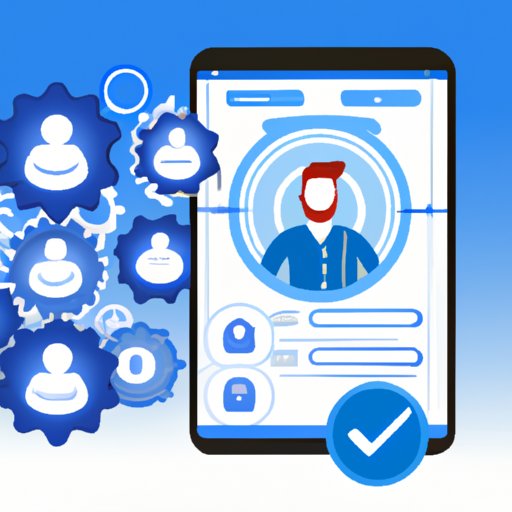Introduction
Recruiting automation is a technology-driven approach to streamlining the recruitment process. It involves the use of software and artificial intelligence (AI) to automate manual tasks, such as candidate screening, scheduling interviews, and tracking progress. This type of automation can help employers and recruiters save time and money, while also improving the overall quality of their recruitment processes.
What is Recruiting Automation?
Recruiting automation is the use of software and AI to automate manual tasks related to the recruitment process. This includes tasks such as screening candidates, scheduling interviews, and tracking progress. By automating these tasks, employers and recruiters are able to save time and resources, while also improving the overall quality of their recruitment processes.
Benefits of Recruiting Automation for Employers & Recruiters
The use of recruiting automation can offer a number of benefits for employers and recruiters. For example, it can help reduce costs by eliminating the need for manual labor. It can also improve the accuracy of the recruitment process by utilizing AI to accurately assess candidates based on their skills and qualifications. Additionally, recruiting automation can help speed up the recruitment process by automating manual tasks such as scheduling interviews and tracking progress.

Explaining How Recruiting Automation Works
Recruiting automation works by utilizing software and AI to automate various aspects of the recruitment process. The first step is to set up an automated system that is tailored to the specific needs of the employer or recruiter. This may include setting up a database of applicants, creating criteria for selecting candidates, and designing a workflow for the recruitment process. Once the system is in place, AI can then be used to assess and select candidates based on their skills and qualifications.

A Guide to Setting Up Recruiting Automation Systems
Setting up a recruiting automation system can be a complex process. However, there are several steps that can be taken to make the process easier. First, employers and recruiters should create a database of applicants and develop criteria for selecting candidates. This can be done by gathering information from resumes and other sources. Next, employers and recruiters should design a workflow for the recruitment process. This includes setting up automated emails and notifications, as well as scheduling interviews and tracking progress. Finally, employers and recruiters should utilize AI to assess and select candidates based on their qualifications.
How to Make the Most Out of Recruiting Automation
Once a recruiting automation system is in place, employers and recruiters should take steps to ensure that they are making the most out of the system. This includes setting realistic expectations for the system, as well as regularly monitoring and evaluating its performance. Additionally, employers and recruiters should stay up-to-date on the latest advances in AI and software, in order to ensure that their system is always running optimally.

Tracking Your Progress with Recruiting Automation
Once a recruiting automation system is in place, employers and recruiters should track their progress in order to ensure that the system is working effectively. This can be done by keeping track of metrics such as time to hire, number of applications received, and cost per hire. Additionally, employers and recruiters should monitor the system for any potential issues or errors, and address them quickly in order to maintain the efficiency of the system.
Common Challenges & Solutions for Recruiting Automation
Recruiting automation can present a number of challenges for employers and recruiters. For example, some employers may find that the system is not tailored to their specific needs, or that it is too complex to use. Additionally, AI-driven systems may be biased towards certain types of candidates. To address these issues, employers and recruiters should work closely with vendors to customize the system to their needs, and should regularly review the system to identify any potential biases or issues.
Conclusion
Recruiting automation is a powerful tool for employers and recruiters to streamline the recruitment process. It can help reduce costs, improve accuracy, and speed up the recruitment process. In order to make the most out of recruiting automation, employers and recruiters should set up a tailored system, utilize AI to assess and select candidates, and track their progress. By following these steps, employers and recruiters can maximize the efficiency of their recruitment processes.
(Note: Is this article not meeting your expectations? Do you have knowledge or insights to share? Unlock new opportunities and expand your reach by joining our authors team. Click Registration to join us and share your expertise with our readers.)
